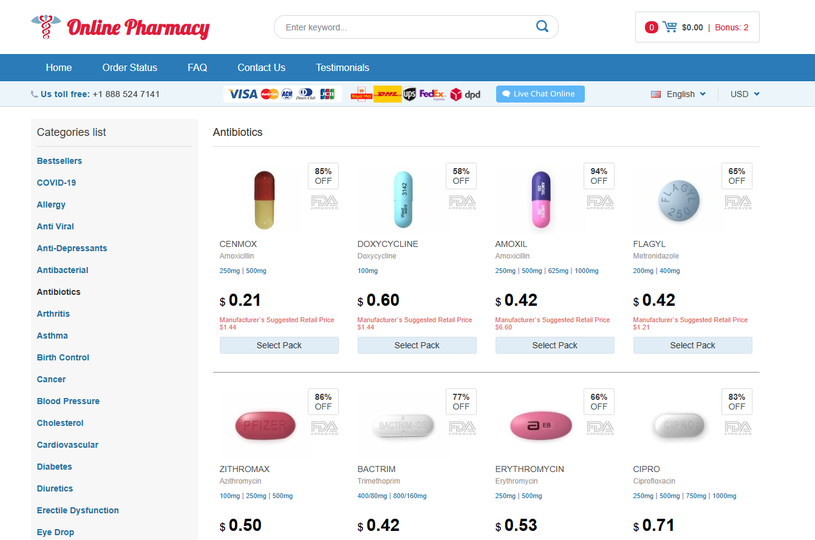To Buy Amaryl Over The Counter Visit Our Pharmacy ↓

Amaryl Is Safe to Take Long-term.
In rare cases, patients could experience allergic reactions, including rash or swelling. It belongs to a class of drugs known as sulfonylureas, which operate by stimulating the pancreas to produce more insulin. This well-established medication has been proven to consistently help individuals with diabetes maintain stable blood sugar levels throughout the day. Amaryl, a popular medication used to treat type 2 diabetes, functions by stimulating the pancreas to produce more insulin. Innovations in the field of diabetes management are continually evolving, with researchers and pharmaceutical companies working tirelessly to develop new treatment options for patients. A common misconception about Amaryl is that it acts as insulin in the management of diabetes. Upon entering the realm of diabetes management, various medications stand as pillars in the treatment landscape.
Side Effects and Potential Risks
These factors can significantly impact the overall treatment experience and adherence to prescribed regimens. However, insulin has the advantage of being titratable to the patient's needs, offering a broader range of blood sugar management. Moreover, Amaryl's influence extends to the domain of mental well-being, where individuals have noted an uplift in mood and overall mental health. Utilize pill organizers or reminders on your phone to help you stay on track with your medication schedule. To alleviate any discomfort, consider using simple remedies such as staying hydrated, getting adequate rest, and maintaining a balanced diet. Incorporating regular exercise, such as brisk walking or cycling, can help control blood sugar levels. Physical activity increases insulin sensitivity, helping the body use glucose more effectively.
The Truth about Amaryl's Efficacy in Long-term Use
The flower’s bold colors and statuesque form highlight the physical manifestation of beauty, while its resilience and growth from bulb to bloom underscore the beauty of perseverance and the unfolding of love's potential. When it comes to managing diabetes in elderly patients, it's essential to carefully consider how Amaryl interacts with common medications. To encourage a spectacular display year after year, it's crucial to repot the amaryllis bulb every few years to give it fresh soil and more room to grow. Horticulturalists and flower enthusiasts marveled at its ability to produce striking, trumpet-shaped flowers from seemingly lifeless bulbs, particularly in the cold months, symbolizing resilience and rebirth. At its core, the medication activates pancreatic beta cells, which play a vital role in insulin production. It's important for individuals prescribed Amaryl to note that they're not using insulin, but rather a medication designed to support their body's insulin use. Common side effects of Amaryl may include hypoglycemia and weight gain, whereas other diabetes medications may have different adverse reactions.
Lifestyle Modifications to Complement Amaryl Treatment
When taking Amaryl, it is crucial to be mindful of potential interactions with other medications. By substituting sugar with Amaryl-compatible, low-glycemic sweeteners such as stevia or erythritol, individuals can enjoy a range of desserts, from rich, creamy cheesecakes to fluffy, airy mousses, without the worry. It is crucial to consult healthcare providers if any adverse reactions occur, as they can provide guidance on appropriate measures. This sets it apart from metformin, which works by reducing glucose production in the liver and improving insulin sensitivity. Patient preferences play a crucial role in the choice of diabetes medication, influencing adherence rates and treatment outcomes. Adjusting your watering based on the growth phase of your plant is key; as the stalks rise and blooms prepare to open, slightly increasing watering can support the extra energy required for blooming. This connection not only amplifies the flower's symbolism but also ties it to the divine, embodying the perfect blend of mortal aspiration and celestial grace.
Mechanism of Action and Effectiveness Comparison
Amaryl, a popular oral medication, and insulin, primarily given via IV push for immediate effect, function differently. In this landscape, Amaryl maintains its position as a budget-friendly alternative, albeit with a careful consideration of its side effect profile compared to other medications. Daily checking of blood glucose levels helps in detecting fluctuations early, allowing for timely adjustments in diet, exercise, or medication. Creating the ideal environment for an Amaryllis bulb to flourish begins with the selection of the right soil and pot. Amaryllis thrives in a well-lit environment, making the mastering of light conditions crucial for its growth. On the other hand, insulin therapy is often introduced when oral medications are not sufficient, addressing insulin deficiency directly by supplementing the body's insulin. Amaryl, also known as glimepiride, is a valuable medication for individuals with diabetes due to its efficacy in managing blood sugar levels.
Long-term Risks and Complications to Watch for
Understanding these differences helps ensure appropriate diabetes management. In addition, since diabetes can often require tailored treatment strategies over time, it's essential to regularly review and adjust any treatment plan with a healthcare professional. By increasing insulin levels, Amaryl assists in regulating blood sugar and preventing the dangerous spikes that can lead to diabetic complications. Glimepiride’s mechanism of action distinguishes it from other diabetes medications that may focus on different pathways, such as inhibiting glucose production or improving insulin sensitivity in peripheral tissues. Additionally, patients may experience hypoglycemia, which can manifest as shakiness, sweating, and confusion. Each factor is taken into account to customize Sig instructions, guaranteeing effective diabetes management. Unlike some other diabetes medications, Amaryl does not lower blood sugar too much, providing a balanced approach to managing glucose levels.
Guidelines for Taking Amaryl Effectively
In reality, Amaryl works by increasing the pancreas's ability to produce insulin, which is a process that does not occur overnight. More severe reactions, although rare, could include liver issues, indicated by symptoms like jaundice. It's important to check with your pharmacist or healthcare provider to ensure that Amaryl is accessible when needed, especially if you have specific requirements or preferences in terms of brand or dosage. By fully understanding their options, including the benefits and risks associated with each, patients can engage in informed discussions with their healthcare provider, enabling a joint decision-making approach that tailors diabetes management to their unique needs. However, like all medications, Amaryl has potential side effects, including hypoglycemia (low blood sugar), dizziness, and weight gain. These remarkable bulbs are renowned for their ability to bloom indoors with minimal care, offering a splash of color during the colder months. In comparison to other diabetes medications like metformin, Amaryl has a different mechanism of action and may be prescribed in combination with other drugs to achieve optimal results.
Cost Comparison: Budgeting for Diabetes Management
Additionally, maintaining a balanced diet rich in fruits, vegetables, and whole grains is essential. Floral enthusiasts eagerly anticipate its blooming cycles, often aligning them with personal milestones or using them as metaphors for human emotion and experience. Many people believe that taking Amaryl will inevitably lead to weight gain. It's crucial for individuals to be aware of these effects to make informed decisions about their treatment plan. When it comes to selecting the right diabetes medication, individual patient needs are paramount. Subsequently, calcium ions flood into the beta cells, triggering the secretion of insulin. Amaryllis bulbs emerge as a symbol of vibrant beauty and resilience, captivating the hearts of indoor gardening enthusiasts.
Managing Mild Side Effects at Home
While Amaryl may be priced competitively compared to some alternatives, its availability can vary depending on the pharmacy and location. Managing the costs associated with diabetes treatment is a crucial aspect of care for many patients. For instance, metformin, a biguanide, is often the first-line treatment for type 2 diabetes due to its effectiveness in lowering blood glucose and benefits for cardiovascular health. Older adults taking Amaryl may face a higher risk of side effects due to age-related physiological changes. Integrating medication into a diabetes management plan is crucial for controlling blood sugar levels, and Amaryl (glimepiride) plays a key role in this process for many patients. This contrasts with many other diabetes medications that either improve insulin sensitivity, delay carbohydrate absorption, or mimic incretin hormones. Amaryl primarily helps regulate blood sugar by stimulating the pancreas to produce more insulin, which is crucial for individuals with type 2 diabetes whose bodies no longer produce enough insulin or use it effectively.
Amaryl Does Not Increase the Risk of Heart Attack.
People recount how overcoming the obstacles posed by diabetes with Amaryl led them to adopt healthier habits and a more optimistic outlook on life. This process enhances glucose uptake by cells, promoting better utilization for energy production. Regarding the effects of Amaryl on weight, it’s essential to tread carefully between what’s factual and what’s speculative. When considering the management of diabetes, especially type 2 diabetes, the comparative efficacy and use cases of Amaryl (glimepiride) and insulin depict two distinct approaches. As a sulfonylurea, it effectively stimulates the pancreatic beta cells to release more insulin. The dramatic shifts in health and well-being experienced by individuals who have incorporated Amaryl into their diabetes management regimes are nothing short of miraculous. Incorporating at least 30 minutes of moderate exercise into your daily routine, such as walking, cycling, or swimming, can significantly improve insulin sensitivity.
